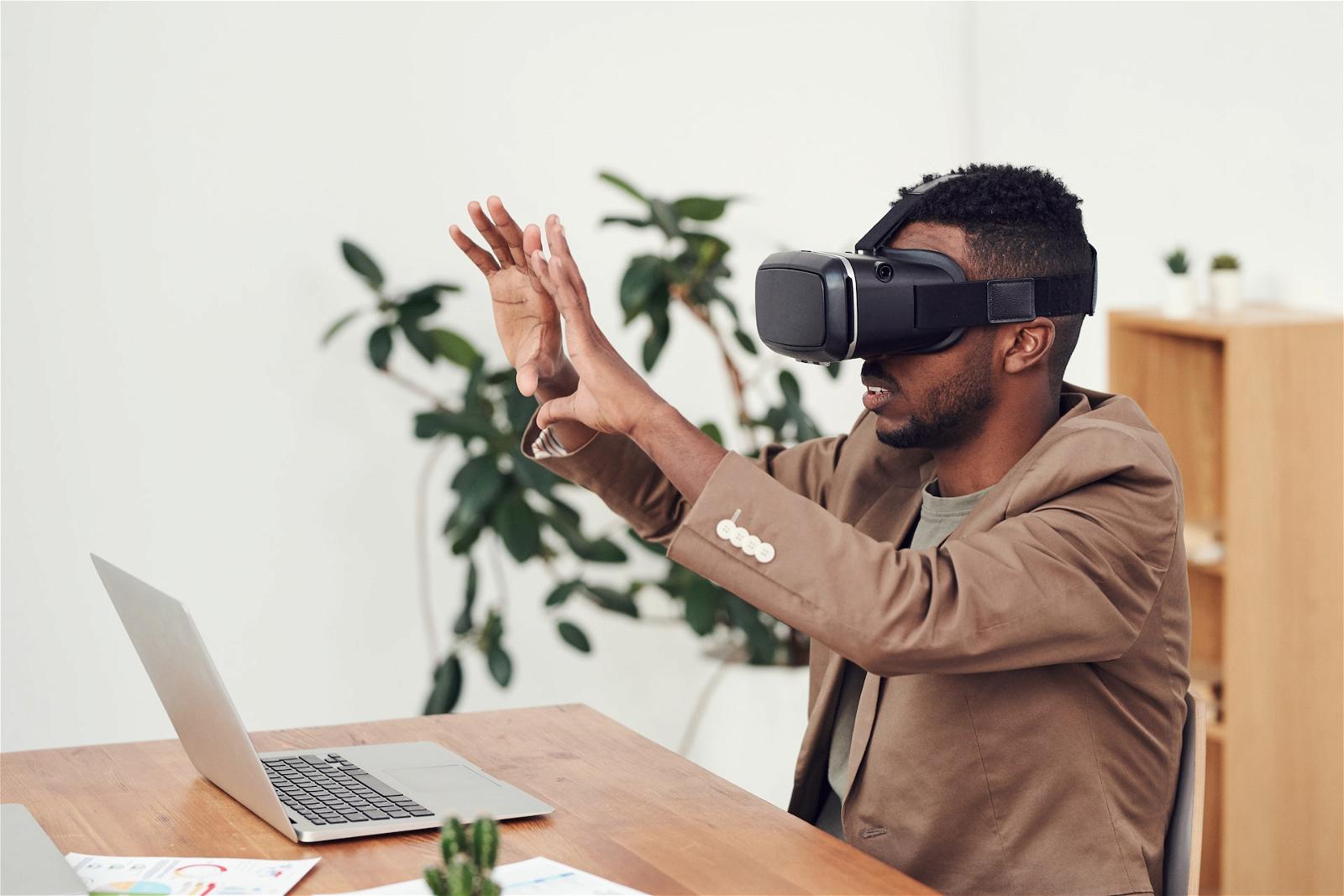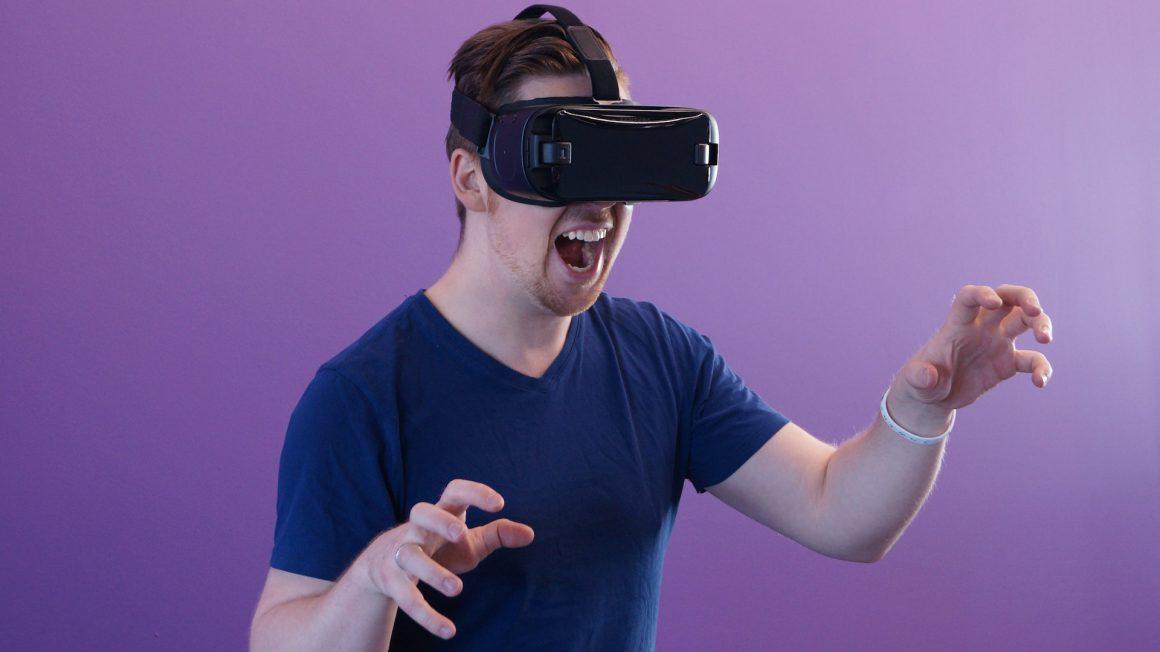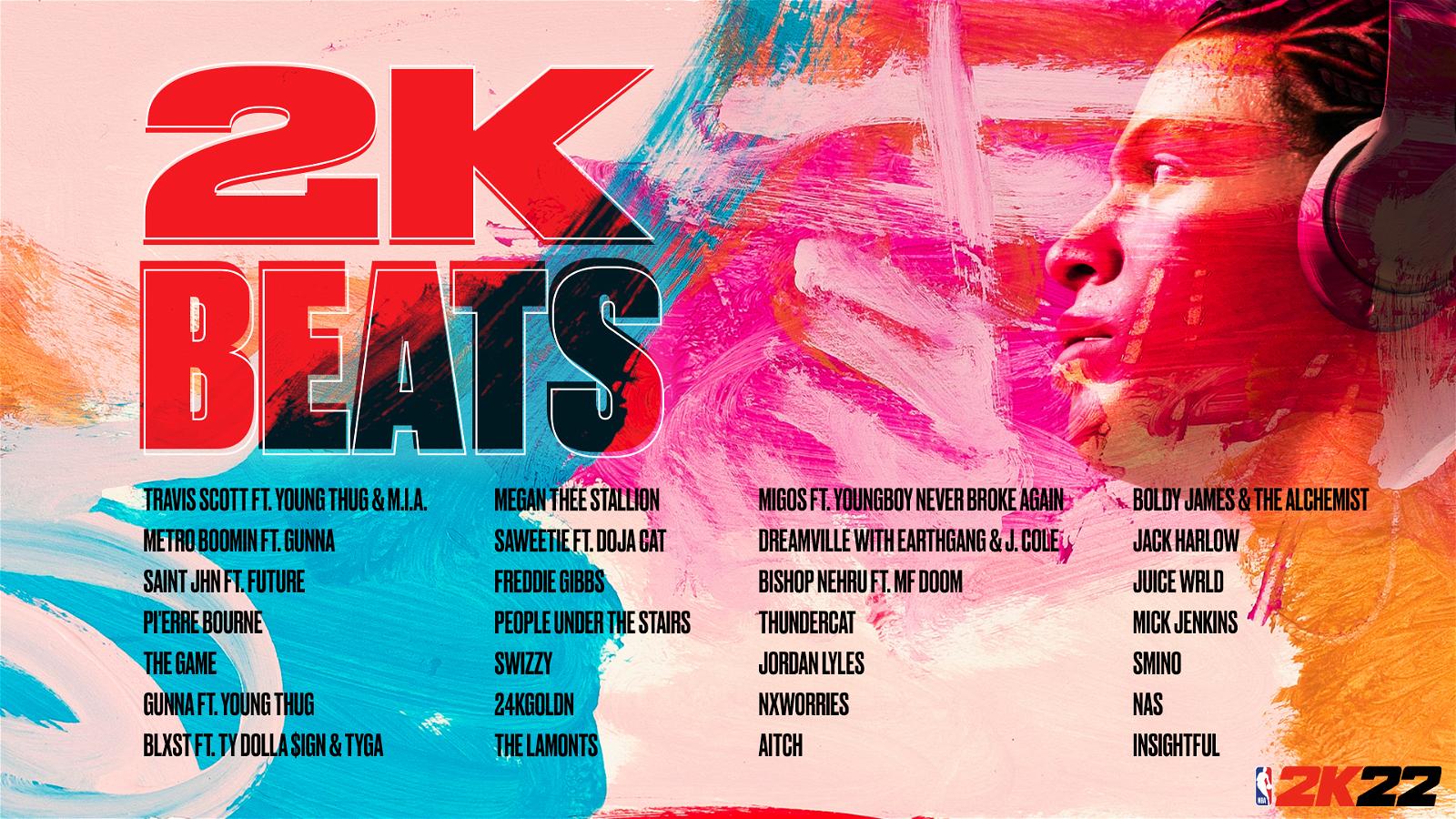For most of human history, storytelling was confined to live-action plays, verbal stories passed down from one person to another, and books. However, since the dawn of film, storytelling has become a visual medium, with TV, movies, and video games dominating all forms of entertainment.
As technology has developed, a new medium has emerged – virtual reality. Based on how many people are embracing VR, it seems poised to take over a substantial market share. But why is that the case? And more importantly, what does that mean for everything from VR porn to immersive video games?
If you’re interested in VR and want to know more about it, strap on your headset and let’s get started.
A Brief Introduction to Modern VR
For many years, virtual reality was pretty limited because computers couldn’t render realistic environments in real-time. Today, VR is much more immersive because processors can handle much more data instantly.
There are two primary ways to experience VR in modern times. First, you can use a smartphone and a relatively low-cost headset. This option works well for simple videos and content, but it doesn’t offer the same kind of immersive experience as a full headset.
VR headsets like the Oculus Quest are the second option, and they’re fast becoming the go-to method for experiencing virtual reality. While setting up these devices can take a bit of time and preparation, they offer many ways to immerse yourself in various environments and situations.
One primary downside to modern VR technology is that the brain is not used to seeing digital environments this way. Many users report feeling nauseous, particularly when there’s a lot of motion. There’s a substantial disconnect between what the eyes see and the body feels, so the brain has difficulty adjusting. When that happens, the stomach can get kind of topsy turvy.
That said, it seems like people can acclimate to virtual environments, particularly when using haptic feedback systems. Also, it can help to start with relatively stationary situations (i.e., exploring a room) and move up to more active scenarios (i.e., riding a roller coaster).
What Kinds of Environments are Possible With Virtual Reality?

A big part of the appeal of virtual reality is that the possibilities are endless. As long as programmers can imagine different environments and situations, users can experience them in real-time. However, there are various ways for people to experience immersive VR – as a practical tool or as a fantastical element. Here’s a quick breakdown of each option:
Virtual Reality as a Digital Toolkit
Companies like Meta are pushing VR as an alternative to 2D collaborative programs like Zoom. Instead of viewing each other via a webcam, users can create digital avatars and interact with each other in virtual environments. There are a few ways to apply this technology, such as:
- Interactive Classrooms – Instead of lecturing students about a particular topic, teachers could theoretically show them with virtual visual aids. Imagine witnessing historical events in real-time or getting up close and personal with different animals in a virtual world.
- Construction – Architectural blueprints are the gold standard for planning a new building, but that may not be the case in the future. Architects might design buildings and create digital proxies where clients could walk through the space before any ground is broken on a project.
- Engineering – All types of engineering can benefit from VR as they could work on specific items within a virtual space. For example, a civil engineer can build a digital bridge before working on the real thing, or a mechanical engineer could build an engine from scratch.
VR as a Gateway to Fantasies
The other side of virtual reality is to augment what people experience in real life. By creating avatars and visiting virtual worlds, it’s easy to explore one’s potential without needing money or infrastructure. Adult content is already embracing this idea with POV scenes. Now, users can explore their fantasies without the hard work or the potential consequences. Sites explore these situations and offer members a glimpse into their best lives.
VR video games are another way for individuals to feel the scope of virtual reality by exploring fantasy worlds in real-time. In theory, if these digital locations are so much better than real life, most people would likely prefer to be logged in.
Overall, we’re not sure what the future holds for VR, but it will likely revolutionize several industries. We’re excited to see what happens.
Virtual reality can become a phenomenon that greatly simplifies life and gives new opportunities. It is not necessary to think that VR is only for entertainment. Virtual worlds now exist for scientific purposes.
For example, Japanese scientists have developed a mechanism where a person in virtual reality can have two more hands. You can control them with your feet. This experiment allows you to feel a new experience and start working in various scientific directions, where this method can give completely new discoveries to the possibilities of the human body. Virtual reality is not some distant future. Technologies exist around us, they develop and significantly simplify human life






